The Ultimate Guide to Using Void Fill to Boost Your Unboxing Experience
You received an order for your product, neatly packed it together, and now you’re excited for the customer to receive it. But when they do, the product is damaged.
You’re one hundred percent sure you didn’t send a defective or damaged product, so what happened? Chances are, it may have been damaged in transit. And this is the last thing you want—this incurs a loss for you but also negatively affects the customer’s image of your brand.
Void fill helps minimize this kind of damage during shipping and delivery. They’re protective packaging or cushioning that keep your product intact inside the box and provide a more immersive unboxing experience.
When do you need void fill for your packaging?
Not every product-based business needs void fill for their packaging boxes. Here are some questions to help you decide better:
- Is your product fragile or heavy?
- Is there excess space in your custom box where your product can move and get damaged?
- Are you shipping glass or material that can break or leak?
- Do you want to add a tactile experience to your unboxing experience?
If you said “yes” to any or all of these, you need void fill for your packaging.
As a general rule of thumb, corrugated shipping boxes require void fill since they have plenty of space for the product to move around, hit corners, and possibly get damaged. With custom mailer and product boxes, there’s not a lot of space as they are made-to-fit packaging.
However, if you’re having second thoughts about your unboxing—no matter the packaging type—use void fill. They will protect your product and deliver a great experience to your customers.
7 Void Fill Options You Can Use For Your Product
Once you’ve decided to go forward with void fill for your packaging, it’s time to look at which ones are suitable for your product. Here’s a list of some commonly used void fill options.
1. SpiroPack
SpiroPack is innovative in look and feel. It’s an attractive alternative to other types of loose paper void fill because it takes up to 80% less storage space and is faster to use during fulfillment. It’s similar to crinkle paper in feel without the messy cleanup.
SpiroPack doesn’t leave any dust or residue in the packaging or the customer’s home after opening it. And since it’s neatly cut paper spirals, it can also be recycled easily.
What’s better is you can customize the spirals to make them on-brand with colors and prints to be a natural fit to your packaging. This makes SpiroPack look like an intentional part of your packaging.
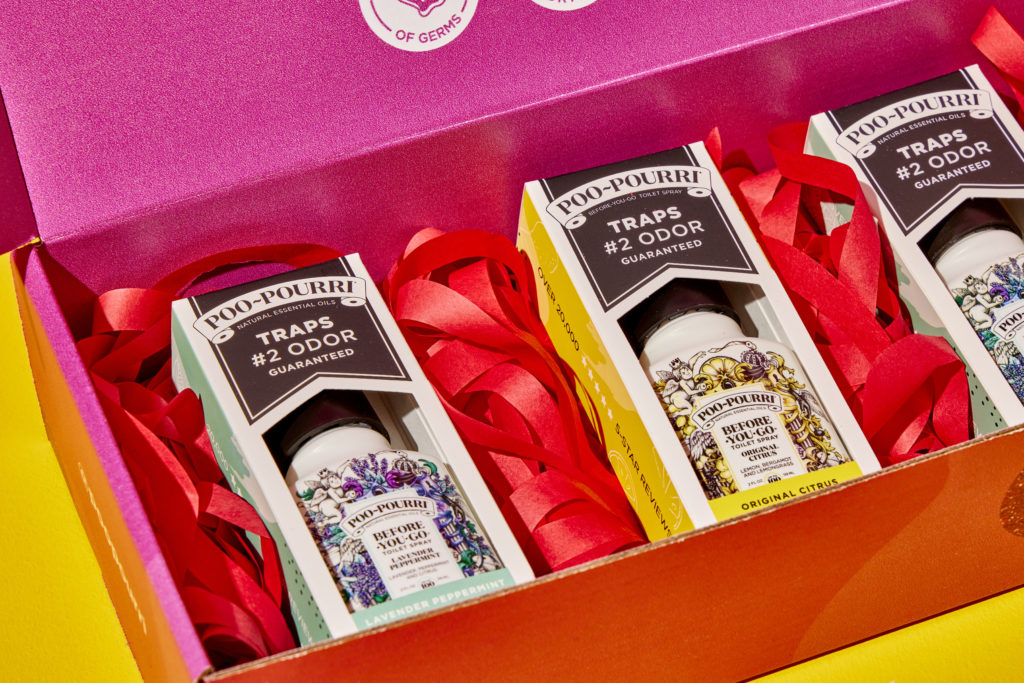
2. Flexi-Hex
If you’re looking for a plastic-free positioner for your product that’s also adaptable and protective, Flexi-Hex is an excellent option. Flexi-Hex has a honeycomb-like structure that adapts to the product’s shape and wraps around for a snug fit. The hexagonal structure ensures its strength and keeps the product safe from damage.
Flexi-Hex is ideal for glass wine bottles, cosmetics, and ceramic home goods because of its moldable quality. But we’re even seeing it used for shipping surfboards!
Apart from being protective and pleasing to look at, Flexi-Hex reduces fulfillment time, takes up less storage space than other void fill options, and is curbside recyclable.
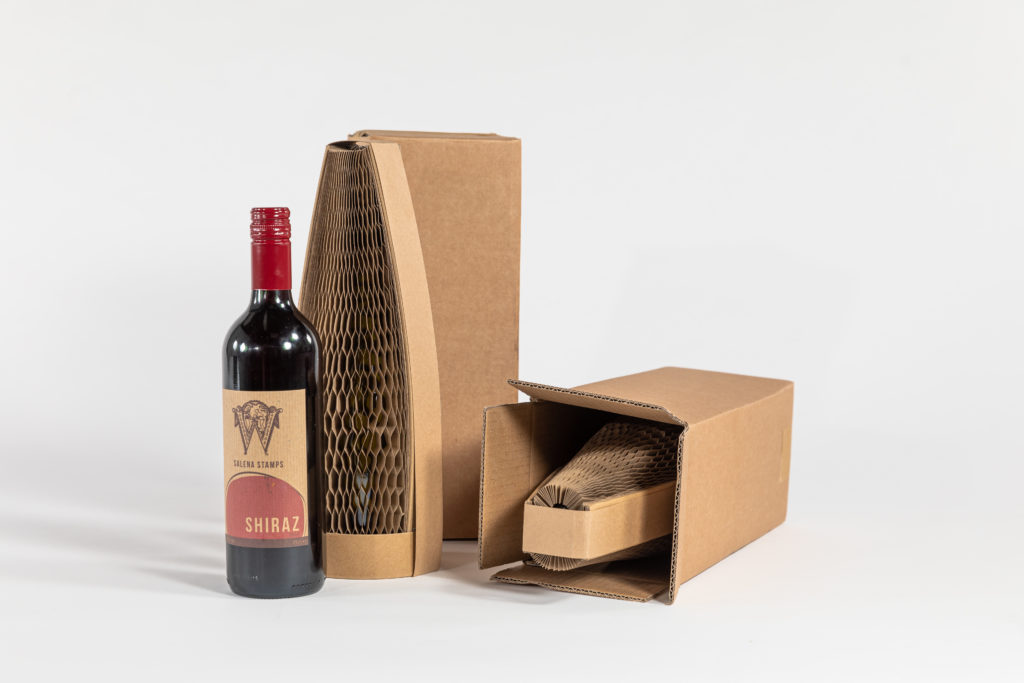
3. Tissue Paper
Tissue paper is lightweight, so it isn’t the most protective packaging, but it’s definitely an attractive one. The kind of unboxing experience custom tissue creates is unlike any other void fill — it’s an immersive branding tool that makes customers feel really special. It’s commonly used for packaging clothing, home items, and precious jewelry.
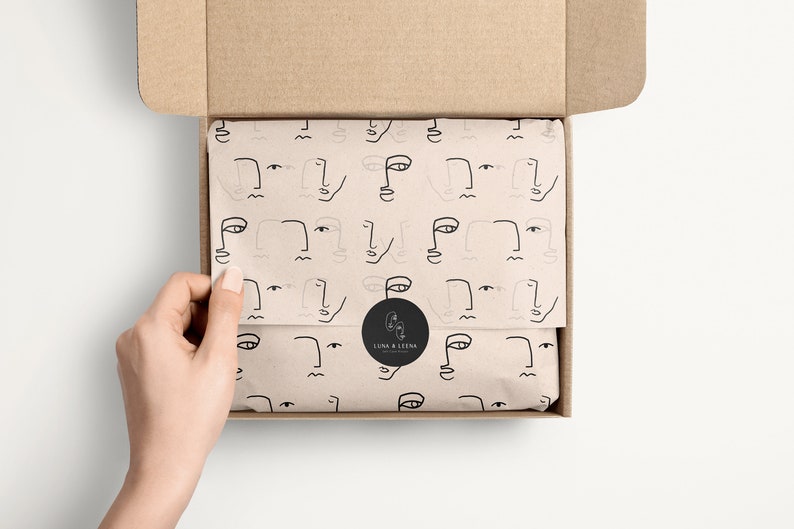
Tissue paper keeps items nice and tidy in the box while protecting your product from dust and moisture. Custom tissue paper plays a big role in giving your product a premium brand feel.
Although tissue paper is often made of recycled content, it’s not usually recyclable. That’s because the paper fibers in tissue paper are too short to be recycled again. If you’re looking for another sustainable option, consider tissue’s close cousin, butcher paper.
4. Crinkle Paper
Crinkle paper is popular for its decorative presentation. It’s another paper-based void fill option that provides protective cushioning around products. The crimped shreds have a satisfying springy texture that’s available in matte or shiny variations.
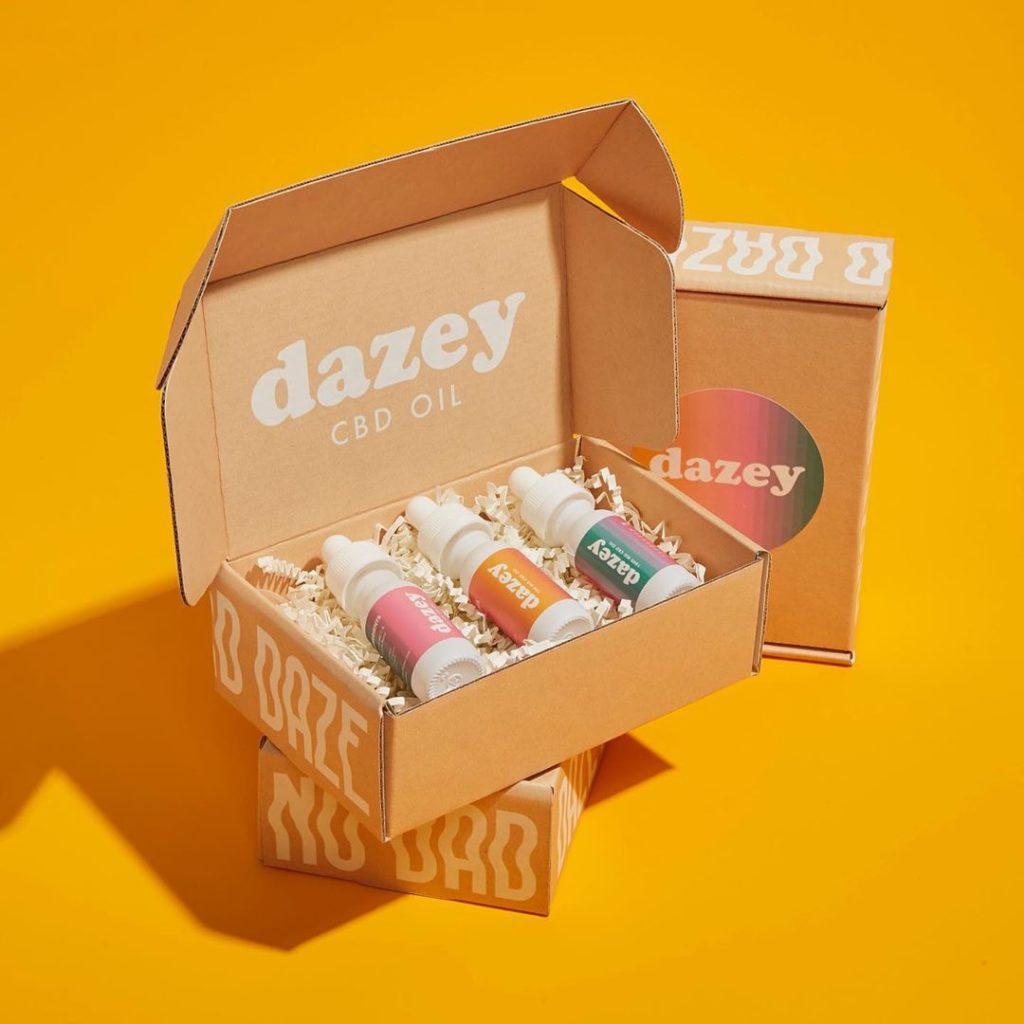
This type of void fill is usually recyclable and often used to elevate the gift-like quality of an unboxing. Crinkle paper, however, takes up a lot of fulfillment space and is more time consuming to clean up. You might also need to use more of it to really ensure your products are secure.
5. Bubble Wrap
Bubble wrap is a very common void fill option–and let’s face it, who doesn’t enjoy popping the bubbles to relieve stress?
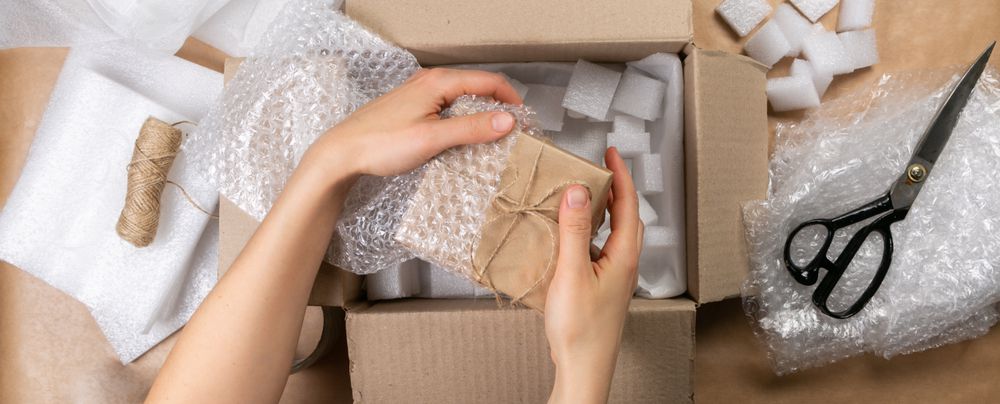
Think about bubble wrap as a secondary shell to protect those fragile goods. The air in the bubbles keeps the product safe and secure, and even if your packaging moves around in transit, the bubbles will soften the blow.
Bubble wrap is also incredibly versatile and can be used in a range of different ways—it can be made in multiple shapes and sizes to fit the product and packaging. However, it’s not usually curbside recyclable, and not the most sustainable brand choice. Look to paper-based packaging like GreenWrap or corrugated bubble to achieve similar results.
6. Custom Box Inserts and Dividers
If you’re looking to boost your presentation, custom mailer and product box inserts may be the way to go. Box inserts and dividers hold items in place to prevent shifting during delivery.
Custom box inserts work well if you ship the same or similar products and want to position and protect them during transit. You’ll often see these used to brace bottles, jars, and beauty products. They’re fully custom to your brand and come in a variety of corrugated, paperboard, and sustainable alternative materials.
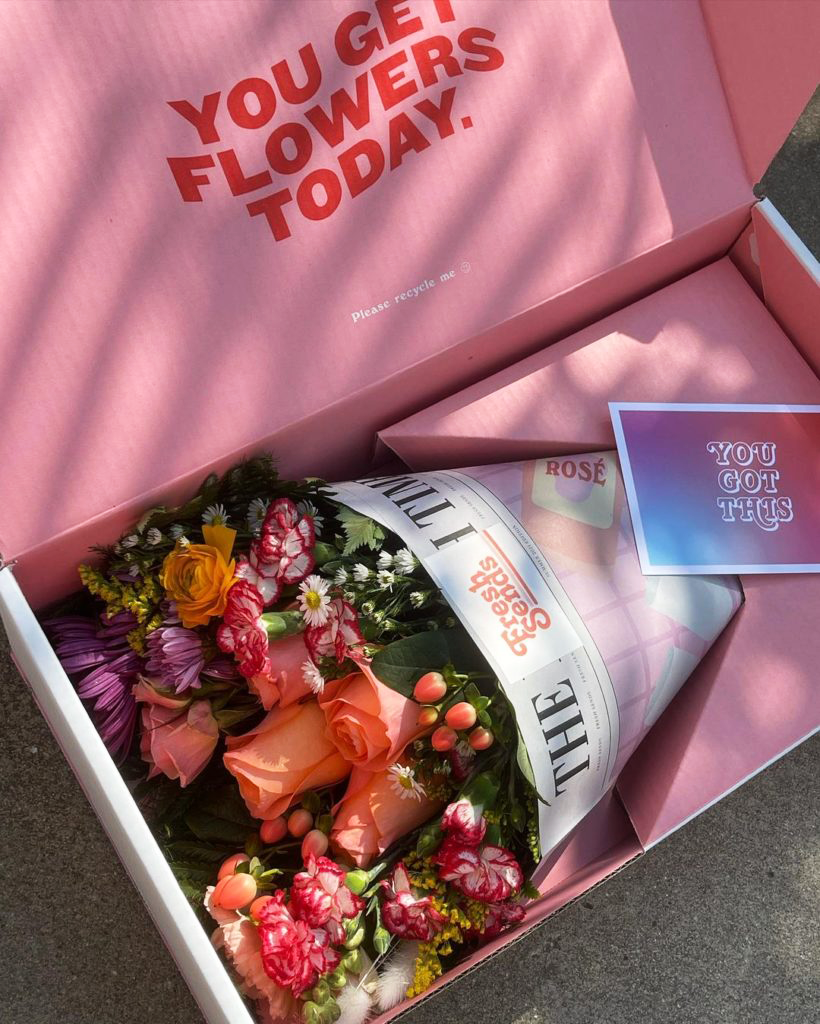
7. Plant-based Packing Peanuts
Peanuts are a popular choice for packaging because they provide good protection and are fast to use during fulfillment. Standard peanuts are made of expanded plastic created with air injection and take up comparatively more space for storage than other void fill options.
Plastic peanuts don’t degrade in waste streams, so they aren’t the best choice for brands looking for a sustainable void fill solution.
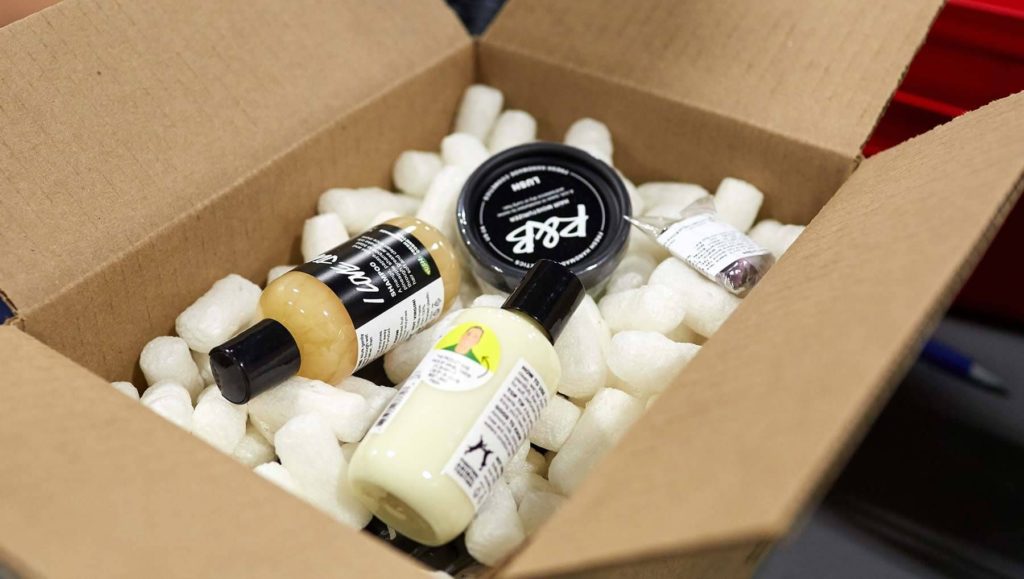
Now, manufacturing companies are coming up with sustainable alternatives like biodegradable cornstarch peanuts to meet growing demand. These plant-based peanuts break down in water and don’t have a static charge. Biodegradable packing peanuts continue to be an effective void fill choice that protects fragile items from damage.
Void fill is a crucial part of packaging
Your box may be the star of the show, but void fill is the supporting character that ties your packaging experience together. Use void fill to roll out the red carpet for your customers by protecting those goods and using thoughtful details to delight upon unboxing.
Whatever your needs, there’s a void fill right for you. Need help developing custom packaging for your products? Connect with Packlane today, and let us take your customers on a unique brand journey.




